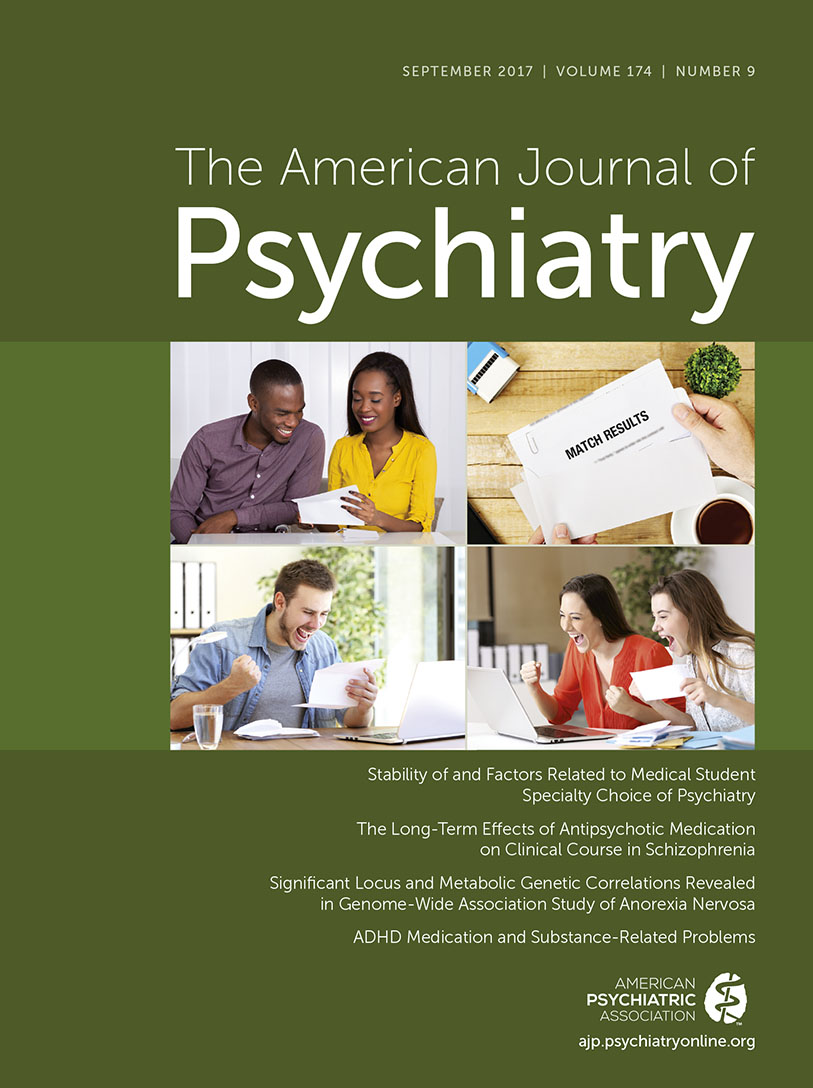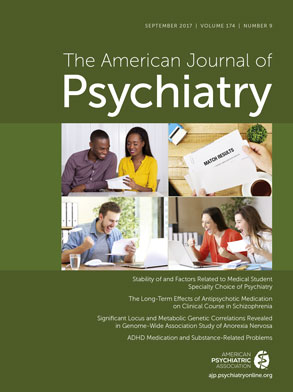Tele-Operating an Android Robot to Promote the Understanding of Facial Expressions and to Increase Facial Expressivity in Individuals With Autism Spectrum Disorder
An 18-year-old man with ASD diagnosed according to DSM-5 criteria had a history of hospitalization because of social impairment, including a suicide attempt. However, he did not meet criteria for any other DSM-5 diagnoses. The Childhood Autism Rating Scale total score (34) indicated mild to moderate ASD. Despite extensive treatment, including behavioral therapy to improve communication skills, his aversion to communicating with others persisted. He did not understand the importance of facial expression and required training to describe his feelings through facial expressions. However, his full-scale IQ was high (141). Considering his interest in advanced technology, we decided to use an android robot for the intervention. We selected an android robot rather than an avatar because we believed a three-dimensional learning environment, wherein the patient interacted with an android robot, may be more powerful than one involving an interaction with an avatar. We used an ACTROID-F robot (Figure 1) (Kokoro Co. Ltd.) that closely resembles a human being in terms of realism and facial expressions (3). During the intervention, an operator entered words into a computer, which were read aloud by ACTROID-F. The operator could also replicate facial expressions, such as a smile, surprise, or sorrow, by using ACTROID-F. The operator could monitor the expressions made by ACTROID-F and the interlocutor via video.We encouraged the patient to communicate with a teacher by operating ACTROID-F. Each intervention session lasted approximately 30 minutes, and he underwent five sessions. After each intervention, the patient revisited what he had learned through the communication with his teacher. The patient could voluntarily control his facial expressions and watch the interaction in a panoramic manner.

References
Information & Authors
Information
Published In
History
Keywords
Authors
Funding Information
Metrics & Citations
Metrics
Citations
Export Citations
If you have the appropriate software installed, you can download article citation data to the citation manager of your choice. Simply select your manager software from the list below and click Download.
For more information or tips please see 'Downloading to a citation manager' in the Help menu.
View Options
View options
PDF/EPUB
View PDF/EPUBLogin options
Already a subscriber? Access your subscription through your login credentials or your institution for full access to this article.
Personal login Institutional Login Open Athens loginNot a subscriber?
PsychiatryOnline subscription options offer access to the DSM-5-TR® library, books, journals, CME, and patient resources. This all-in-one virtual library provides psychiatrists and mental health professionals with key resources for diagnosis, treatment, research, and professional development.
Need more help? PsychiatryOnline Customer Service may be reached by emailing [email protected] or by calling 800-368-5777 (in the U.S.) or 703-907-7322 (outside the U.S.).

